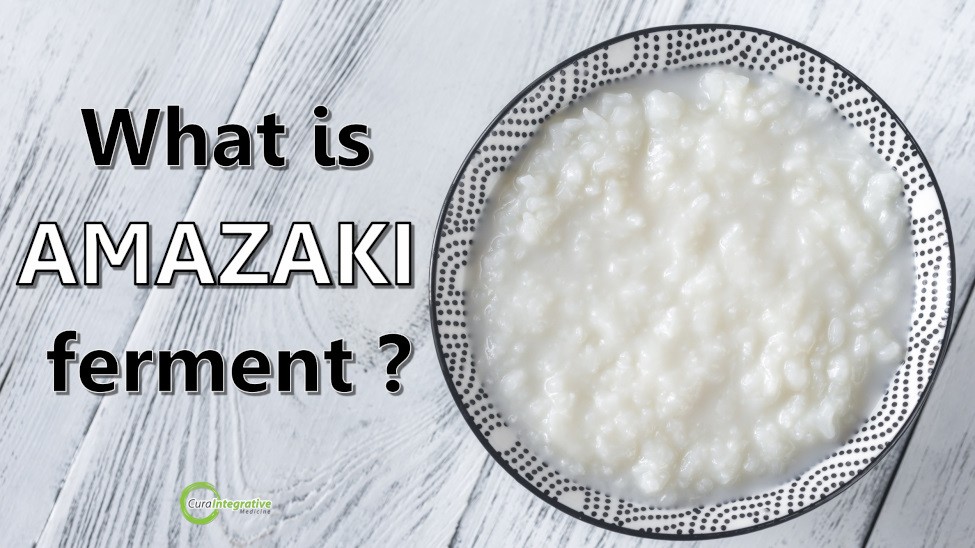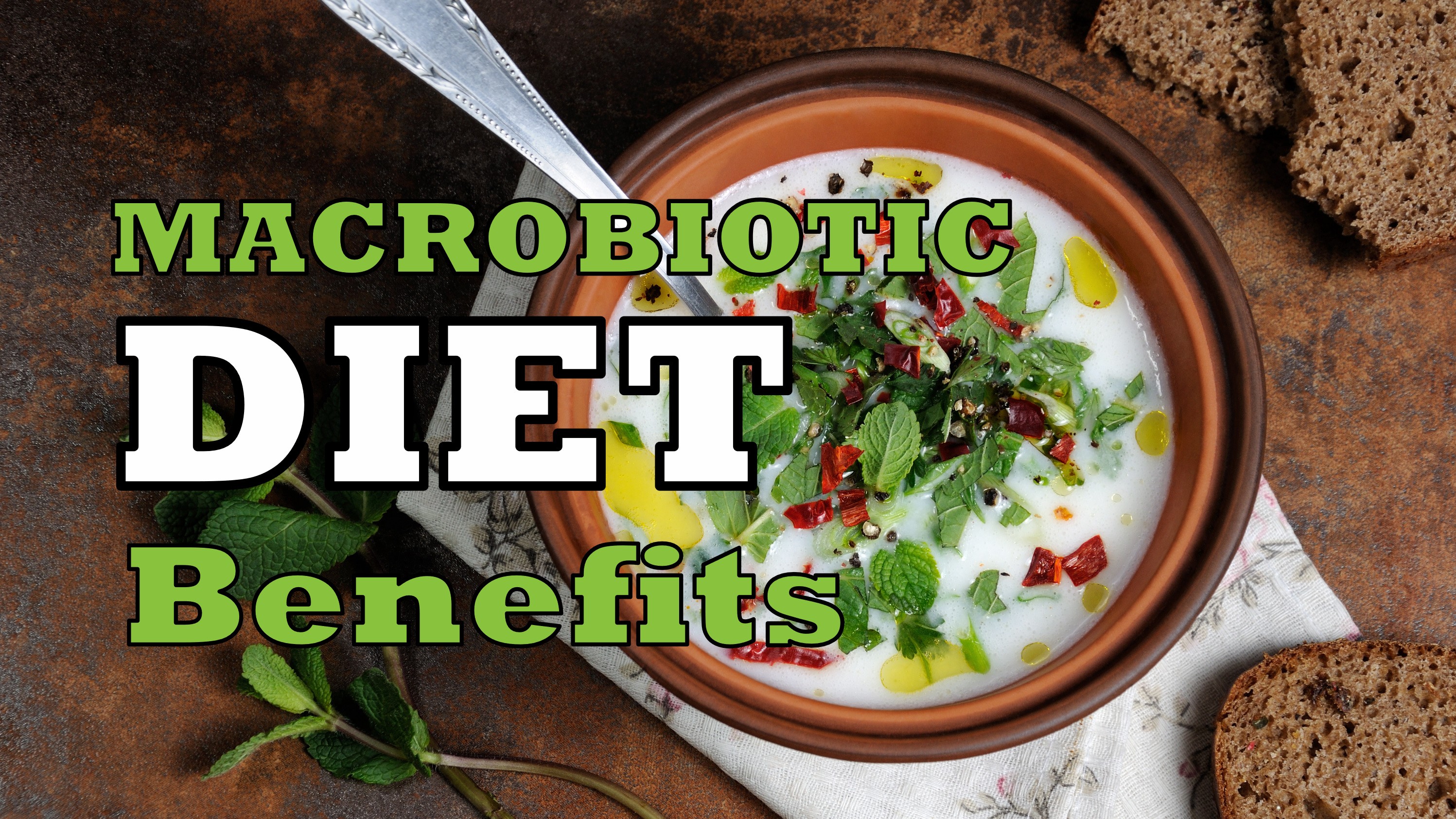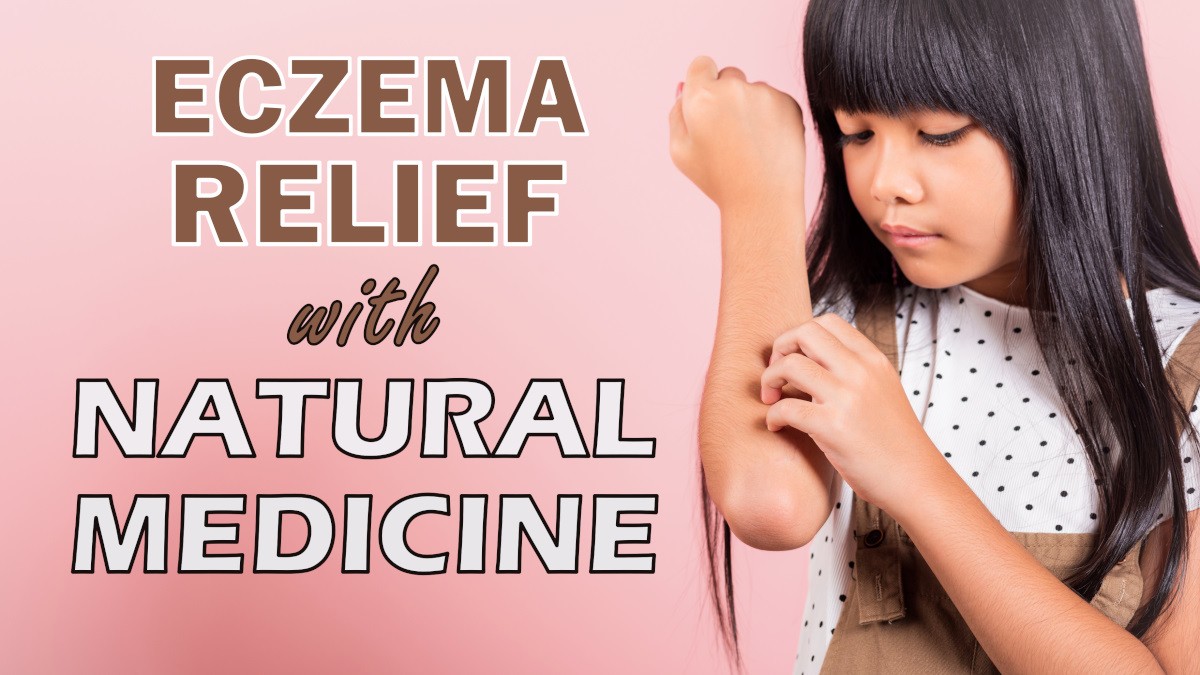Koji is a less known superfood found in a variety of macrobiotic foods. Containing Aspergillus oryzae, koji is used to make foods such as miso, amazaki and tamari. Read More…

Natural Medicine For Monkey Pox
Posted 26 May '22
Monkey pox is a zoonotic viral infection similar to chickenpox, small pox and other animal pox diseases. It has been a known condition since around 1960 and infections are more common in central and West Africa.
Monkey pox is much less infectious when compared to smallpox or chickenpox. The known modes of transmission are from contact with blood or sexual fluids, contact with an open lesion or fluid from a lesion or droplets of infectious fluid. There are other rarer potential methods of becoming infected such as eating uncooked contaminated meat or being bitten by an infected animal like a monkey.
Gestation of the infection typically takes around 7 to 14 days.
Symptoms of Monkey Pox
Symptoms are similar to many viral infections and can be vague such as-
- Fatigue
- Headache
- Sore muscles
- Fever
- Sore throat
- Swollen lymph glands
More specifically to Monkey pox a rash is seen on the skin after around 3 days of a fever. The rash is more common on the extremities.
The pox sores are usually flat and round lesions which grow into larger bumps filled with clear fluid which is called a vesicle. The liquid slowly changes into yellowish infected fluid that eventually turns into a crusted scab and heals.
How Serious is Monkey Pox
Monkey pox can be serious like any infection or sickness, especially in immunocompromised people or those that have comorbidities such as Diabetes or obesity.
The infected vesicles can become infected with bacteria and cause further complications in patients. This is more likely to happen in developing countries where adequate nutrition is not available and access to basic essentials is difficult.
Secondary infections such as encephalitis, sepsis or pneumonia are very serious and therefore patients must act quickly to act if pox infections become infected or spread to very large parts of the body.
Natural Medicine For Monkey Pox
Orthodox medical treatment for Monkey pox is focused more on secondary infections and complications of patients with comorbidities. Initially patients will be told to rest, drink enough water and monitor fevers. Typically the monkey pox illness runs a course of 2 to 4 weeks and the patient recovers just as in chickenpox.
Natural medicine can offer additional nutrition to promote faster healing of the skin lesions and herbal medicine to boost the
natural immune system in patients.
The following are not exhaustive, but are just some of the more common and easily available.
- Iodine or Iodine liquid - Use this externally on the pox infections to promote faster healing and lower chance of infection. As the pox lesions break, the skin is open to infection. Iodine antiseptic liquid will promote healing
- Neem Oil - traditionally used in Ayurvedic medicine, neem will help reduce itching, pain and is also antiviral. Azadirachtin is the most active component found in neem oil
- Vitamin C - An essential water soluble vitamin which is often depleted in times of stress and chronic infection. Take a higher dosage of around 5 grams a day to boost your tissue levels and assist with the healing of skin
- Zinc - seems to always be in the list of immune essentials and skin healing. After the covid infections, many patients followed Dr Zelenko and took on the protocols suggested by him which contained zinc. This time is no different and maintaining adequate levels is essential for optimal immune responses.
- External Tea tree oil - an antibacterial and antiviral essential oil which can be applied externally to promote healing and reducing infection. Dab it around on the spots to keep them clean
There are many more natural medicines that can be effective for immune boosting and antiviral effect. Be sure to check out some of the older blog pages covering these such as-
- LOOKING AFTER YOUR IMMUNITY
- BRACE YOURSELF HERE COMES WINTER
- HOW TO AVOID SUPER INFECTIONS NATURALLY
- OVERCOMING RECURRENT INFECTIONS
To reduce the risk for complications, it’s important to visit a practitioner or even the emergency room right away if you notice any of
the following more serious signs and symptoms associated with a pox infection:
- A pox mark that turns into an infection, becoming very swollen, tender or painful.
- A high fever (higher 39 C) that can't be lowered with paracetamol
- Severe dizziness, loss of vision or inability to move
- Severe vomiting, very stiff neck, disorientation, rapid heartbeat or shortness of breath





